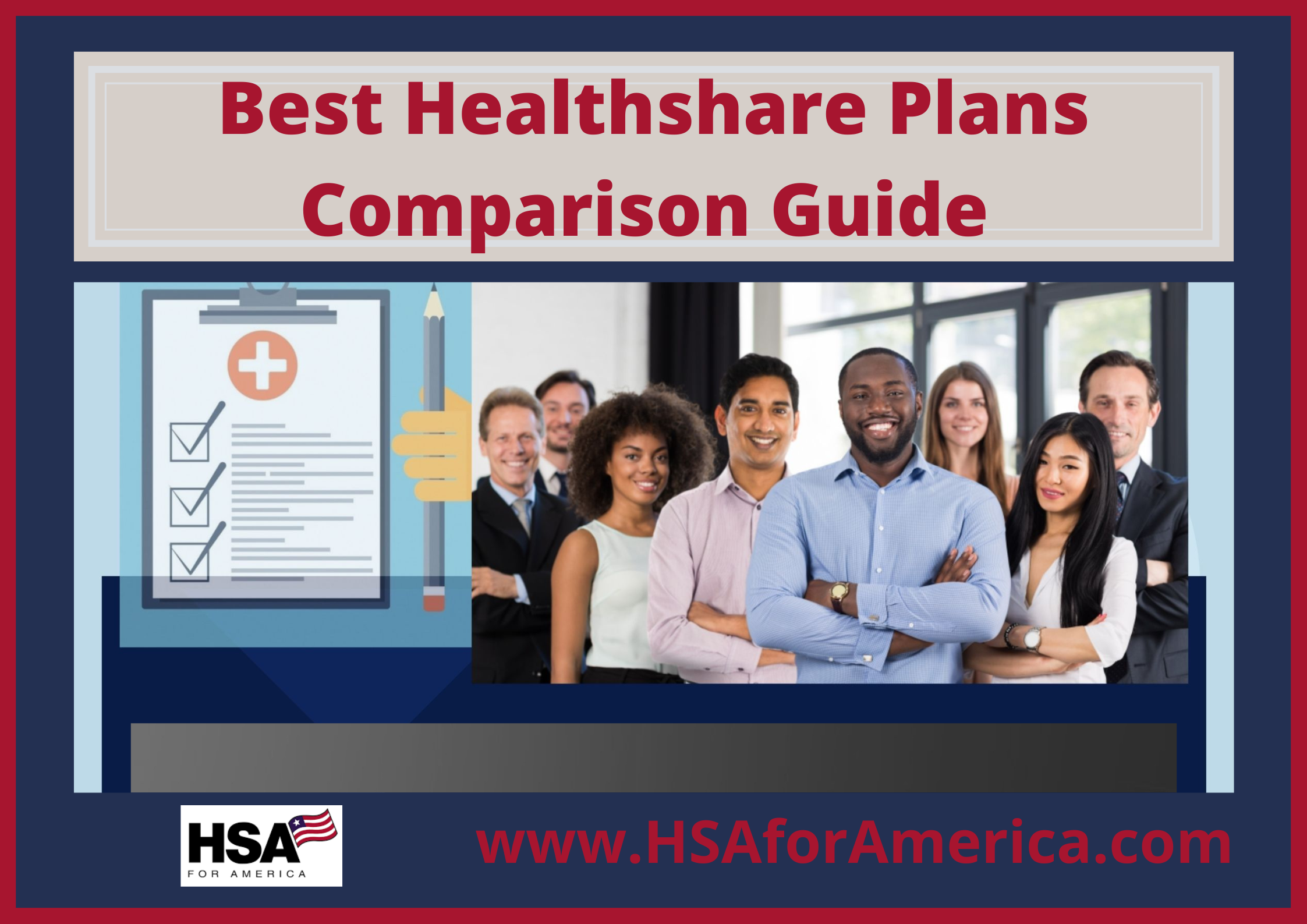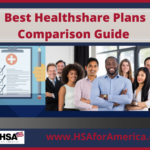Health insurance is a necessity, but it doesn’t have to break the bank. If you’re searching for affordable coverage under $50/month, you have options—but you need to know where to look. In this guide, we’ll explore legitimate ways to get low-cost health insurance, including government programs, short-term plans, and alternative solutions.
1. ACA Subsidies: Health Insurance for Under $50/Month
The Affordable Care Act (ACA) offers subsidies that can drastically reduce premiums. If your income is below 400% of the Federal Poverty Level (FPL), you may qualify for tax credits that lower your monthly cost.
Who Qualifies?
- Single adults earning $14,580–$58,320/year
- Families of four earning $30,000–$120,000/year
How to Apply
- Visit Healthcare.gov during Open Enrollment (Nov 1–Jan 15)
- Use the subsidy calculator to estimate your discount
- Choose a Bronze or Catastrophic plan (lowest premiums)
Example: A 30-year-old earning $25,000/year could pay $0–$30/month after subsidies.
2. Short-Term Health Insurance (Under $50/Month)
If you missed Open Enrollment or don’t qualify for ACA subsidies, short-term health plans are a temporary fix. These plans are cheaper but offer limited coverage.
Pros & Cons
✅ Pros:
- As low as $30–$50/month
- No enrollment periods (apply anytime)
- Quick approval (often same-day)
❌ Cons:
- No coverage for pre-existing conditions
- Limited benefits (some exclude prescriptions)
- Not ACA-compliant (could face tax penalties in some states)
Best Short-Term Insurers
- Pivot Health ($35–$60/month)
- Everest ($40–$75/month)
- UnitedHealthcare Short-Term ($50–$100/month)
Best for: Healthy individuals needing temporary coverage.
3. Medicaid & CHIP (Free or $1–$5/Month Plans)
If your income is very low, Medicaid or the Children’s Health Insurance Program (CHIP) may provide free or nearly free coverage.
Eligibility by Income (2024)
| Household Size | Max Annual Income (Medicaid) | Max Income (CHIP) |
|---|---|---|
| 1 person | $20,120 | $30,000 |
| 4-person family | $41,400 | $62,000 |
How to Apply:
- Visit your state’s Medicaid website
- Submit proof of income (pay stubs, tax returns)
- Approval in 1–2 weeks
Example: A single mom earning $18,000/year could get free Medicaid for herself and her kids.
4. Health Sharing Ministries ($50–$100/Month)
If traditional insurance is too expensive, health-sharing ministries are a faith-based alternative. Members share medical costs, often at half the price of insurance.
Top Health Share Plans
- Liberty HealthShare ($50–$150/month)
- Sedera ($70–$200/month)
- Christian Healthcare Ministries ($45–$150/month)
Key Considerations
✔ No network restrictions (use any doctor)
✔ Lower monthly costs
❌ Not guaranteed coverage (pre-existing conditions often excluded)
Best for: Healthy individuals comfortable with a non-insurance approach.
5. Employer-Sponsored or Student Health Plans
Part-Time Job Insurance
Some employers (like Starbucks, Costco, Amazon) offer affordable health plans even to part-time workers.
Example:
- Starbucks offers $30–$50/month plans for baristas working 20+ hrs/week.
College Student Insurance
If you’re a student, your university may offer low-cost plans ($20–$50/month).
Example:
- Many community colleges provide $25–$60/month student health plans.
Final Verdict: Which Option is Best?
| Option | Monthly Cost | Best For |
|---|---|---|
| ACA Subsidies | $0–$50 | Low-income families |
| Short-Term Plans | $30–$50 | Healthy, temporary needs |
| Medicaid/CHIP | $0–$5 | Very low-income households |
| Health Sharing | $50–$100 | Faith-based, no pre-existing conditions |
| Employer/Student Plans | $20–$50 | Part-time workers & students |
Next Steps: How to Get Covered
- Check ACA subsidies at Healthcare.gov
- Compare short-term plans on PivotHealth.com
- Apply for Medicaid via your state’s website
Need Help? Get a free consultation with a licensed agent to find the cheapest plan for your needs.










